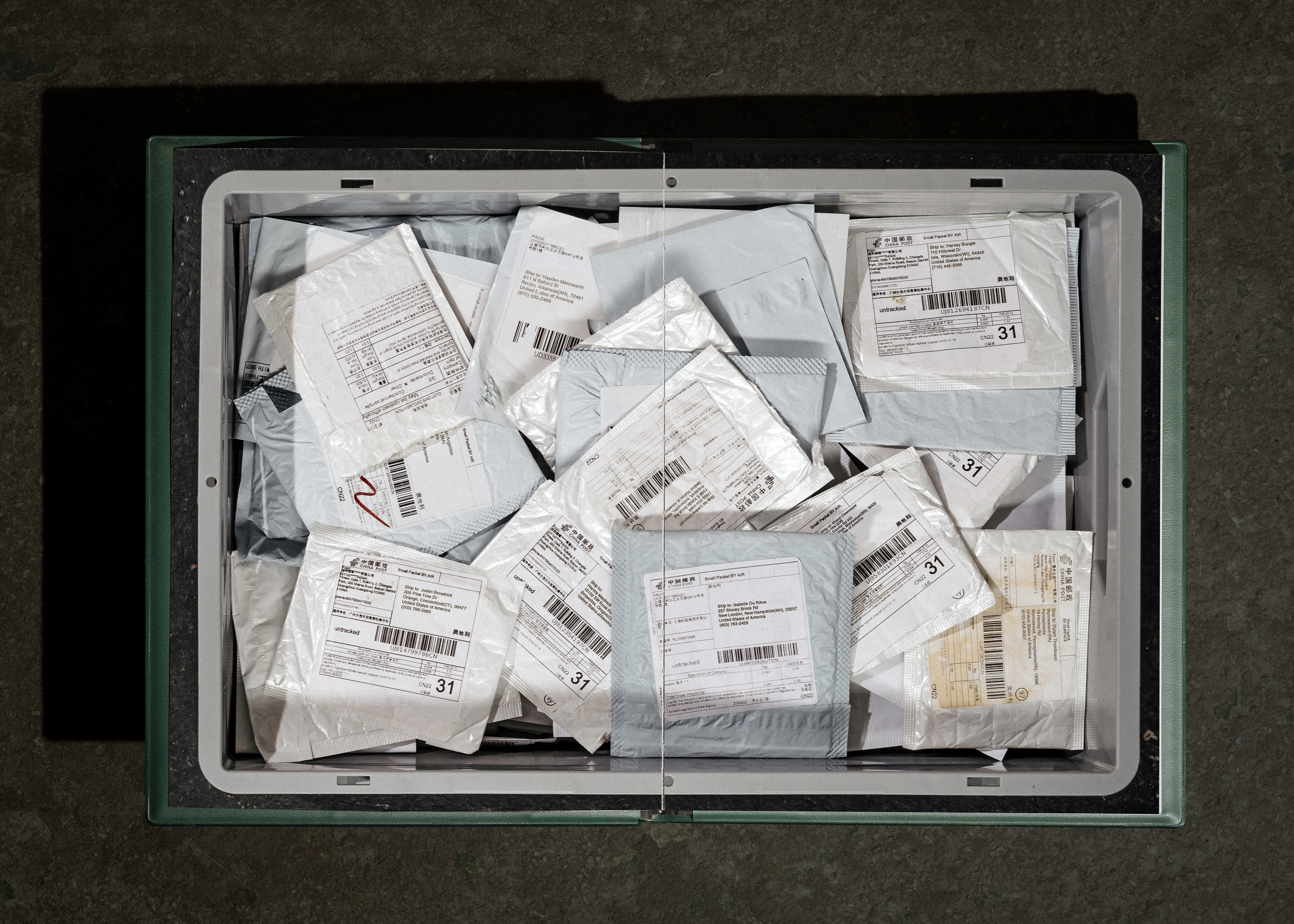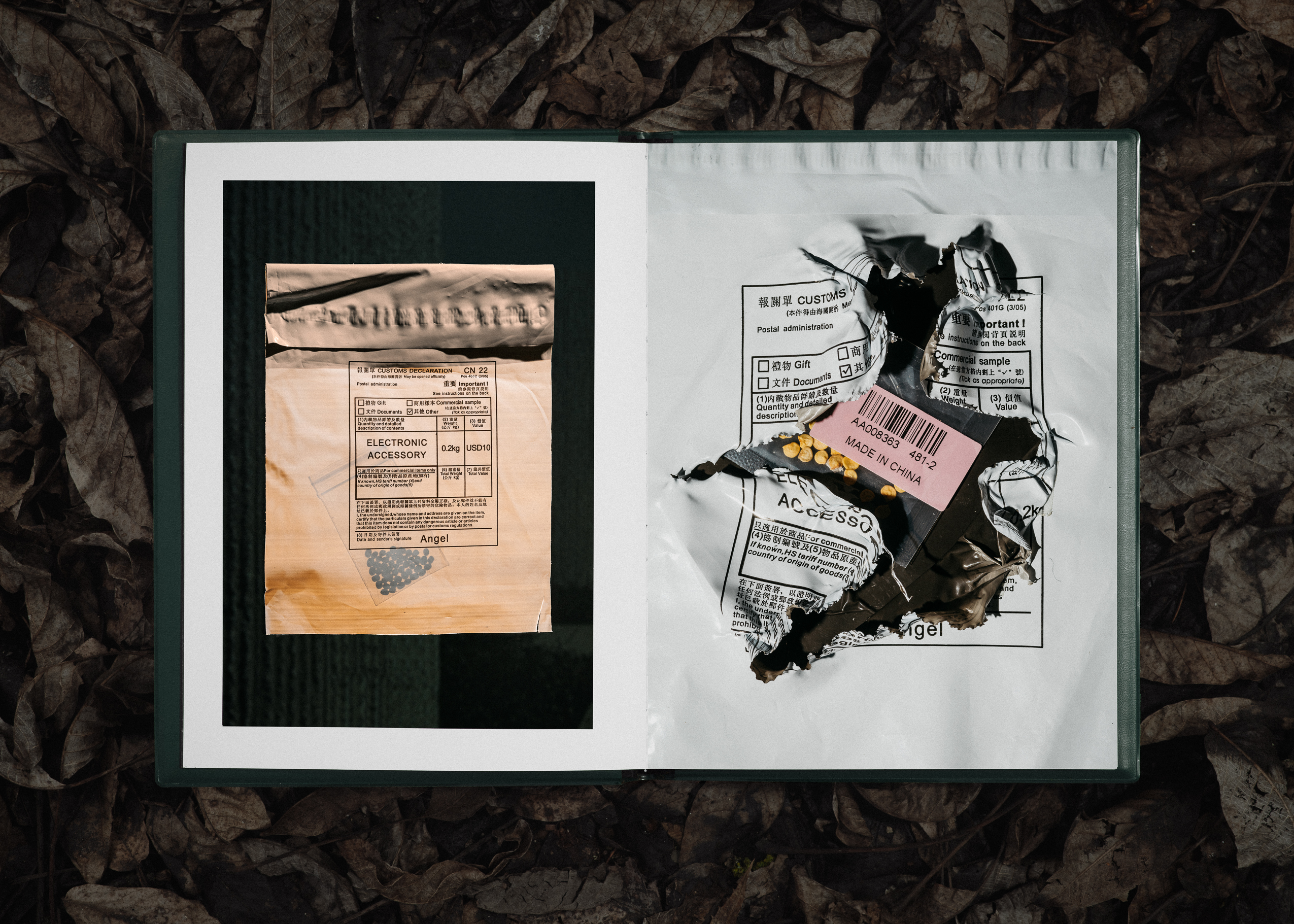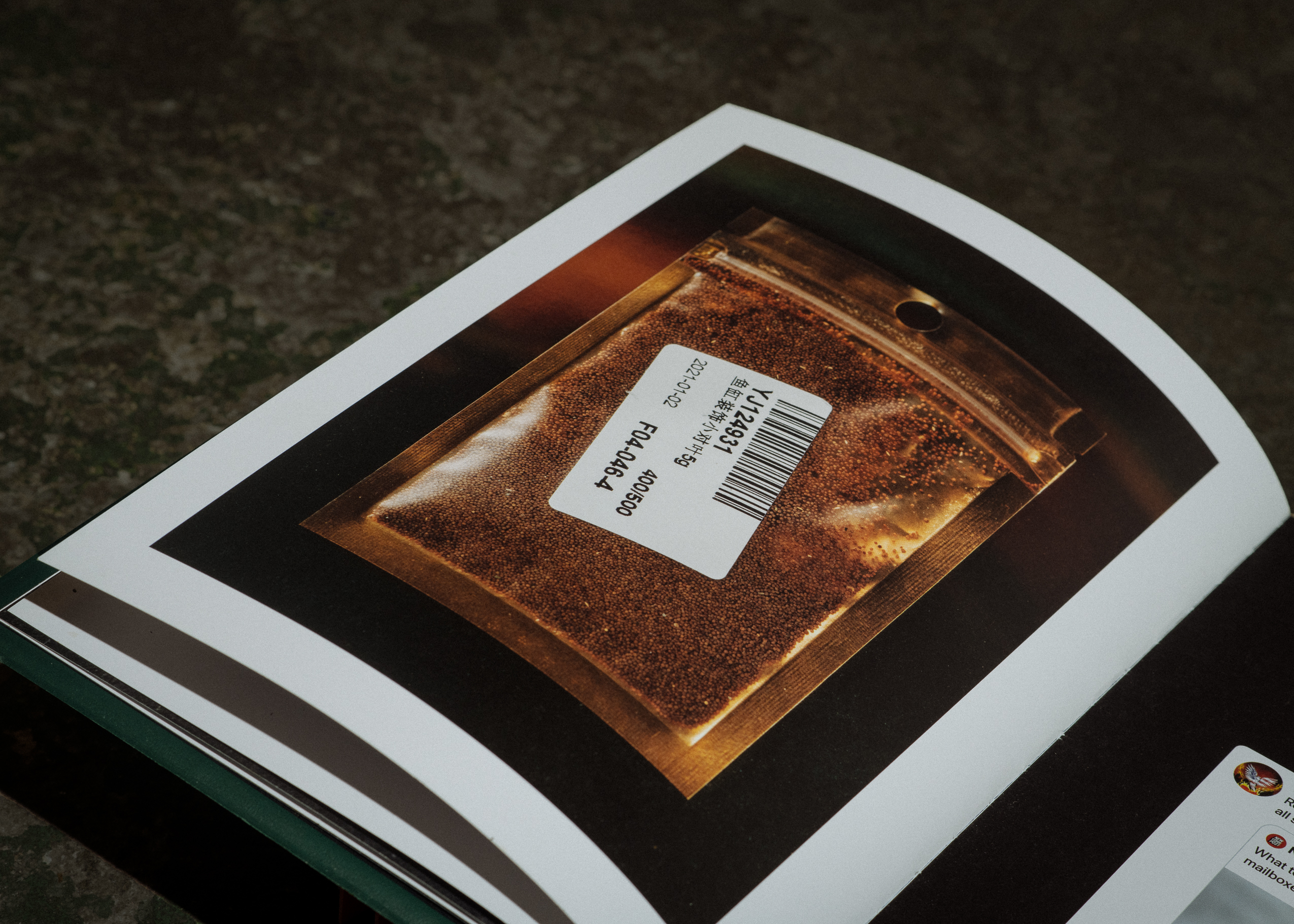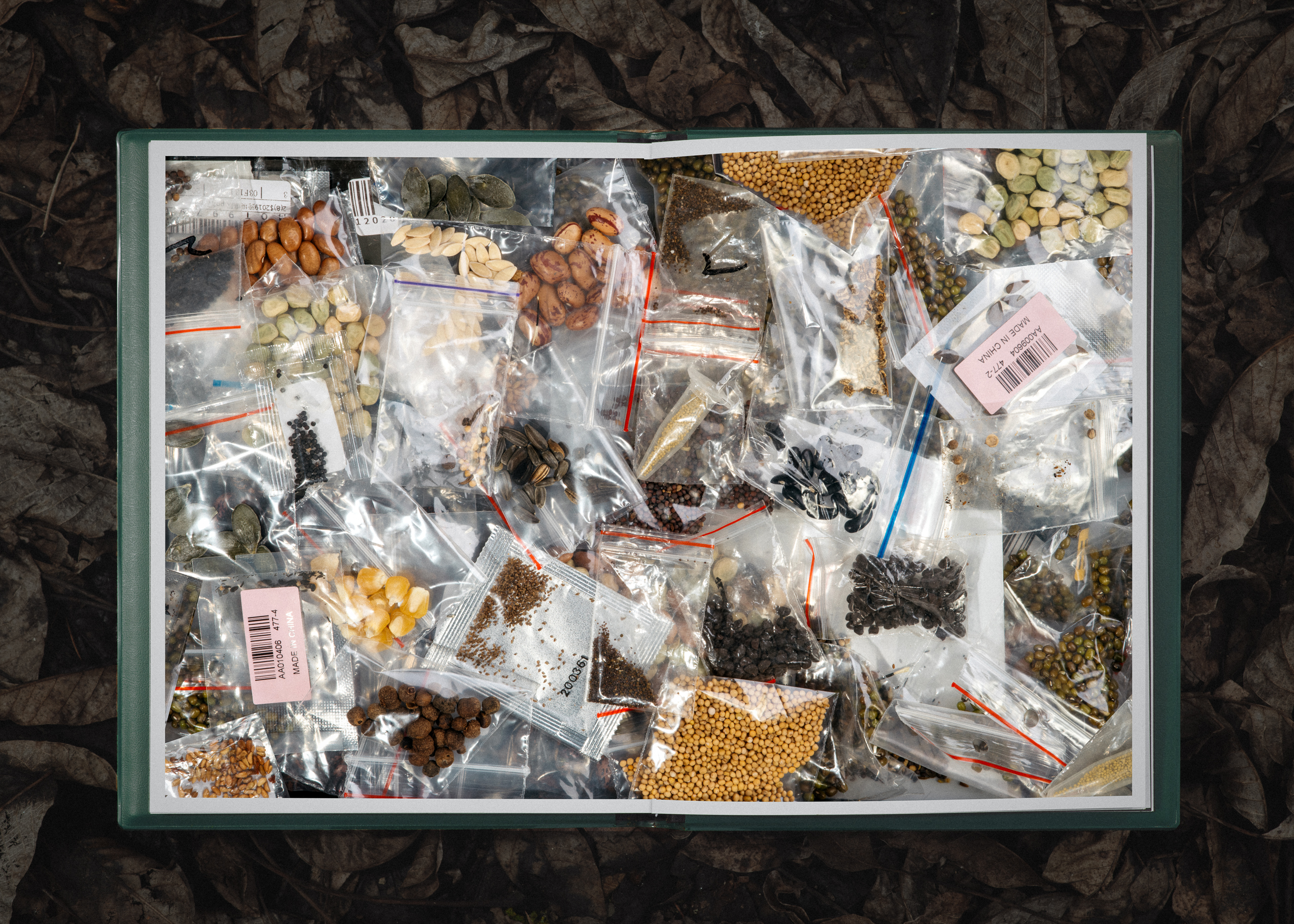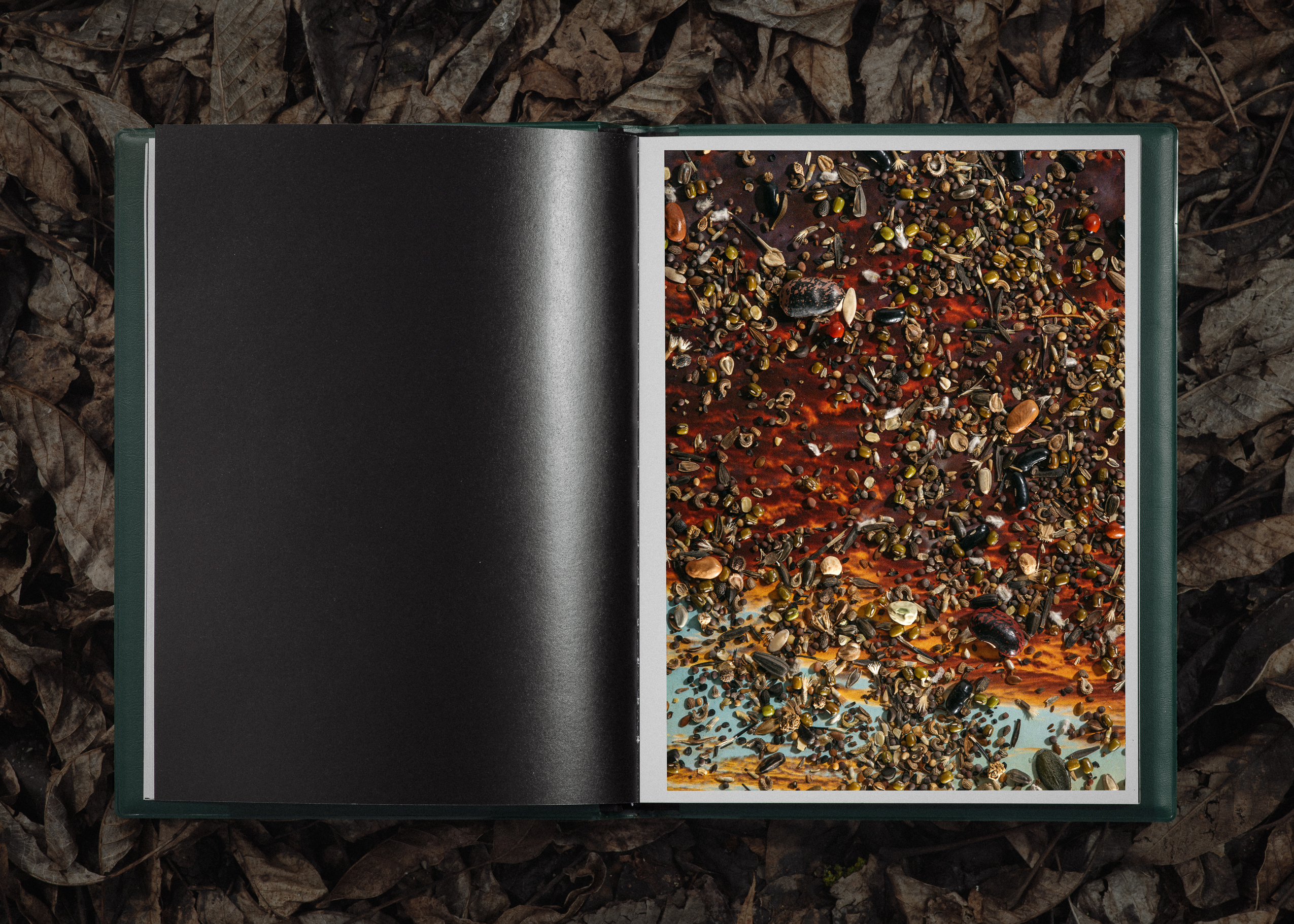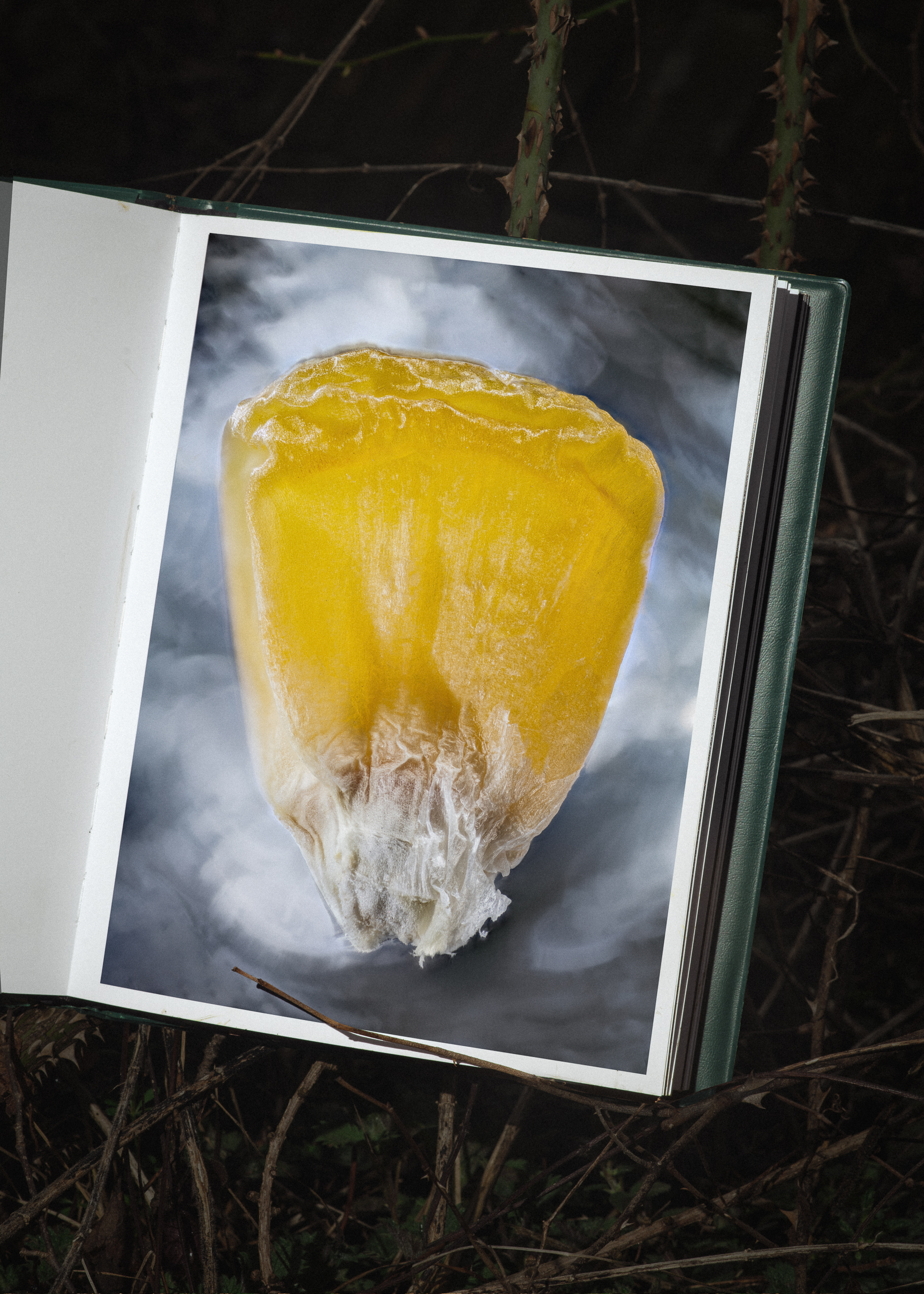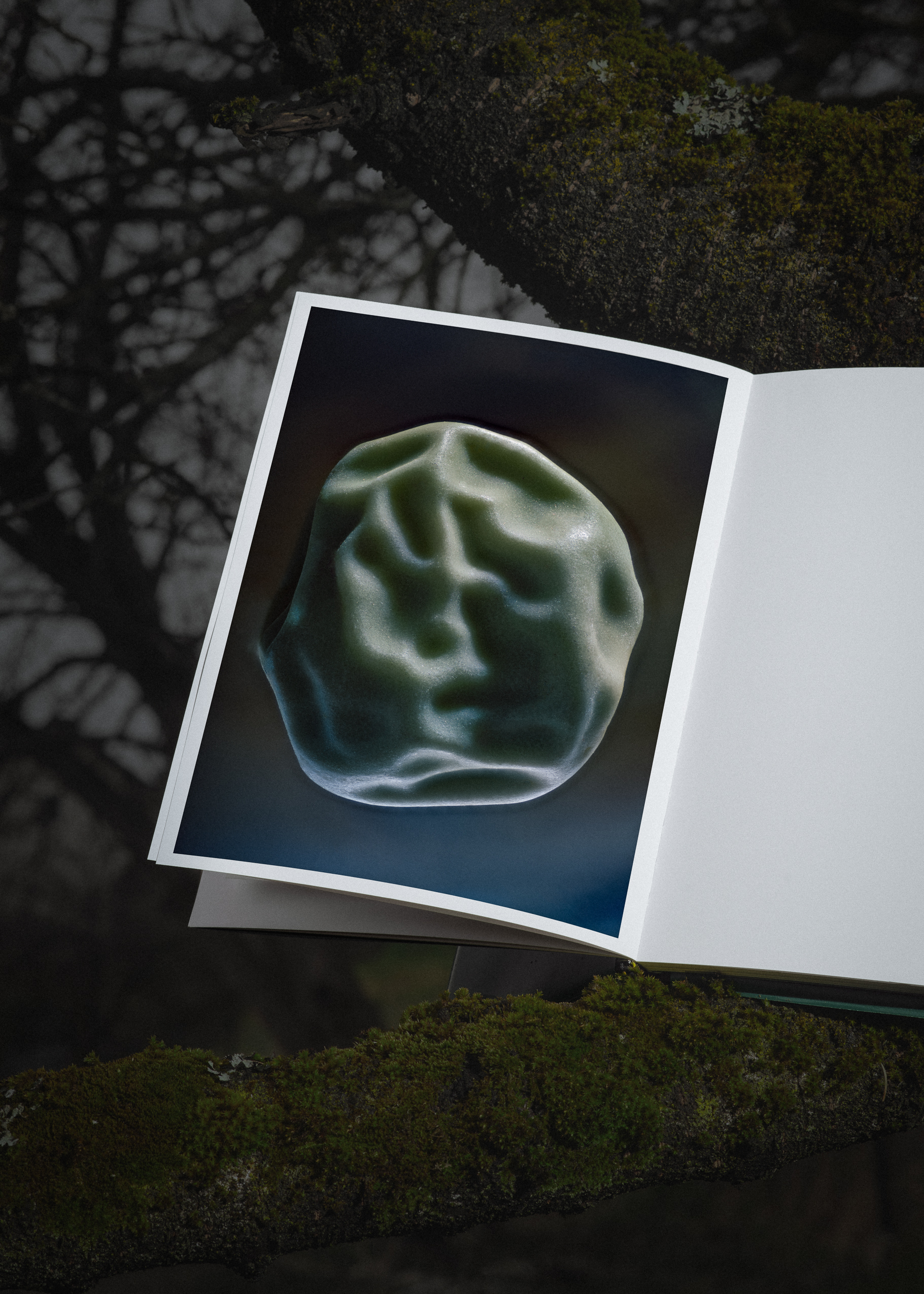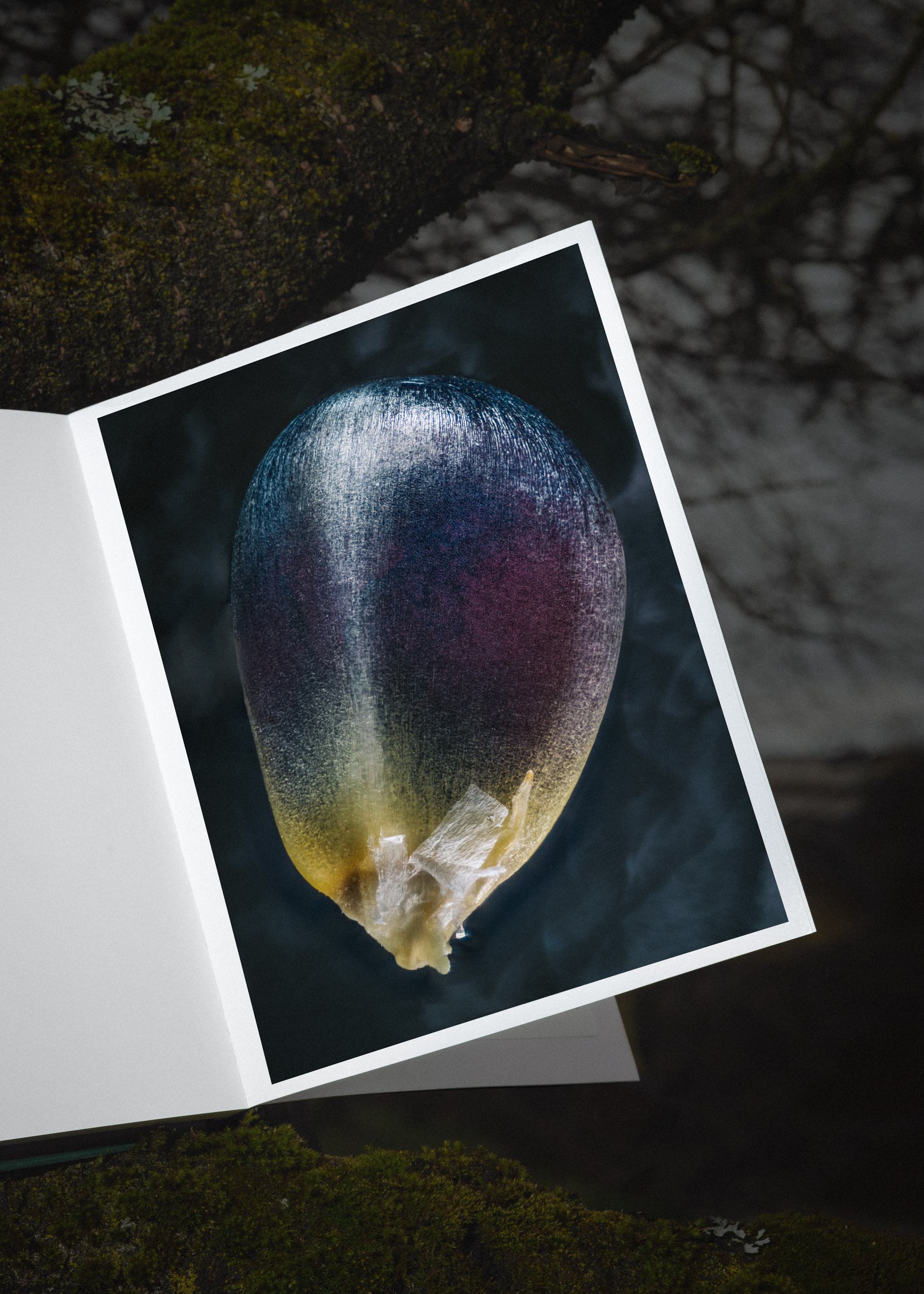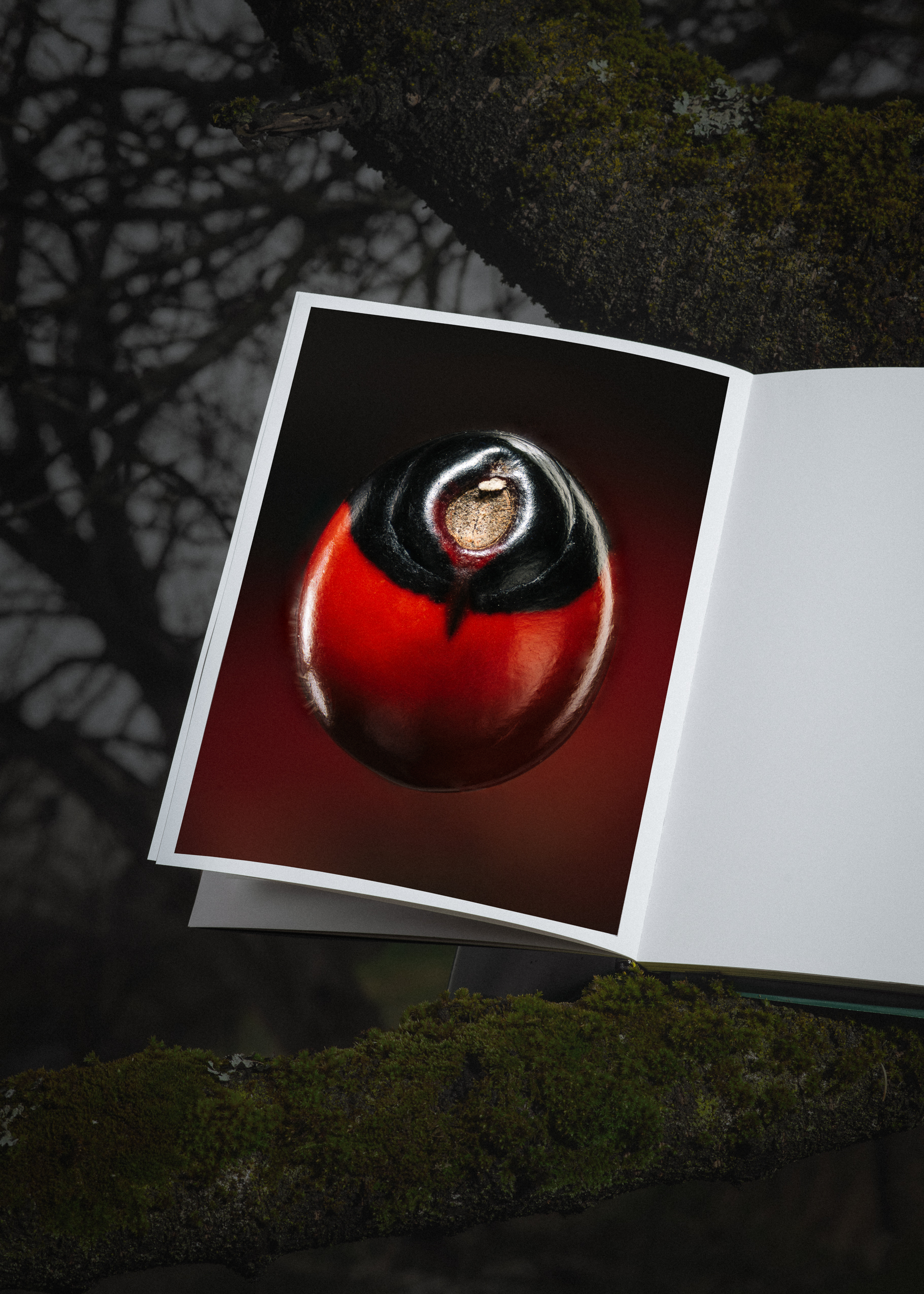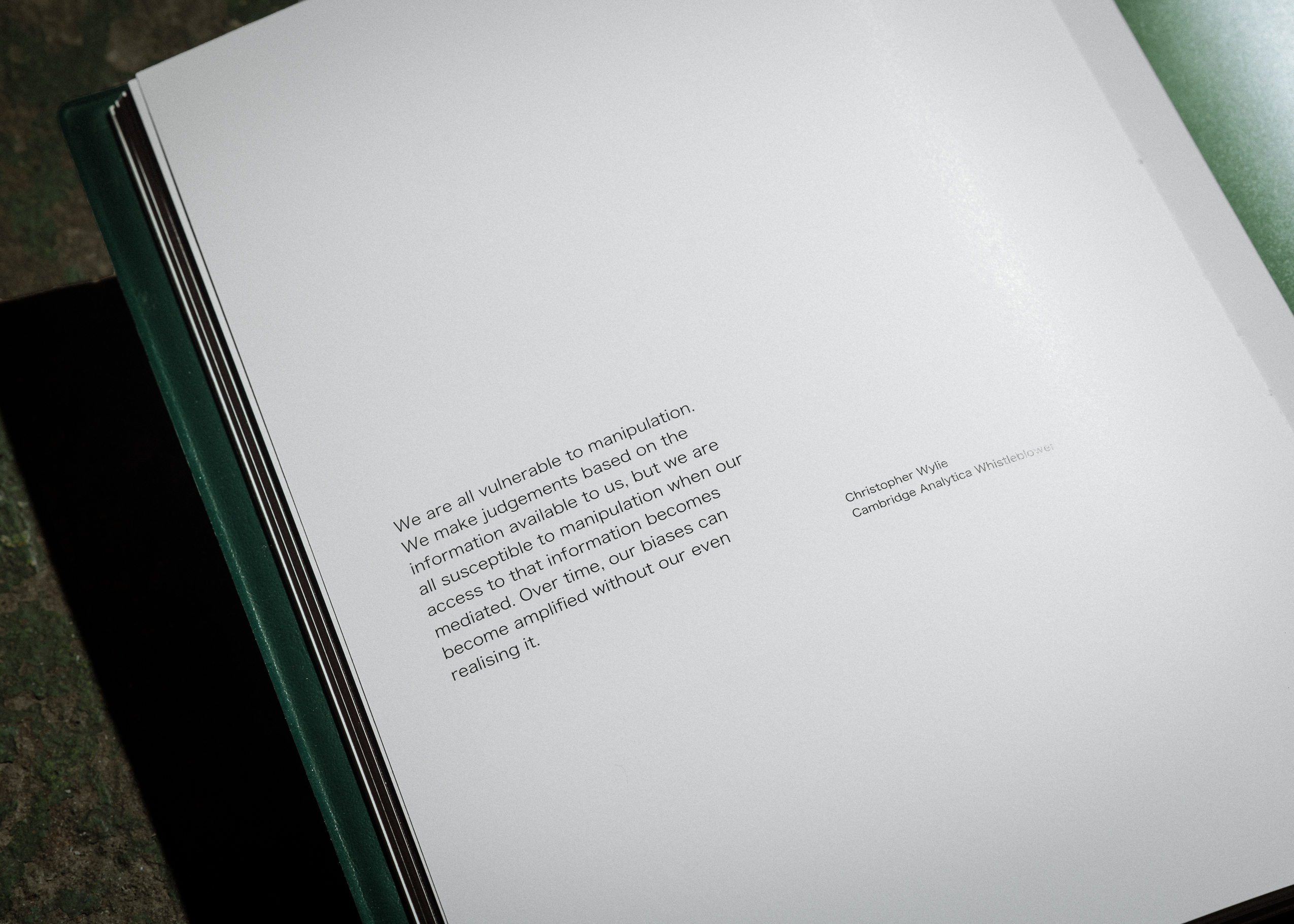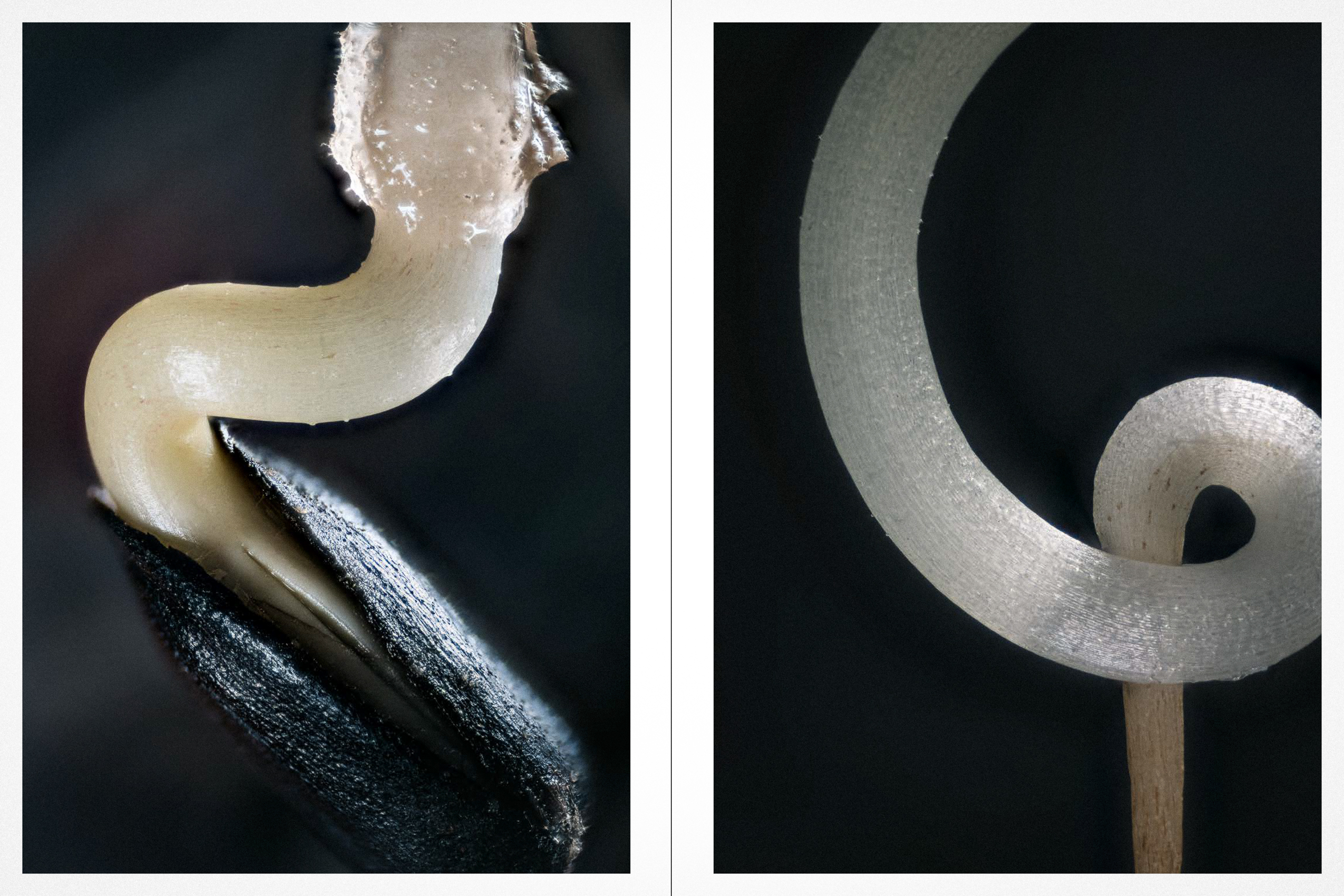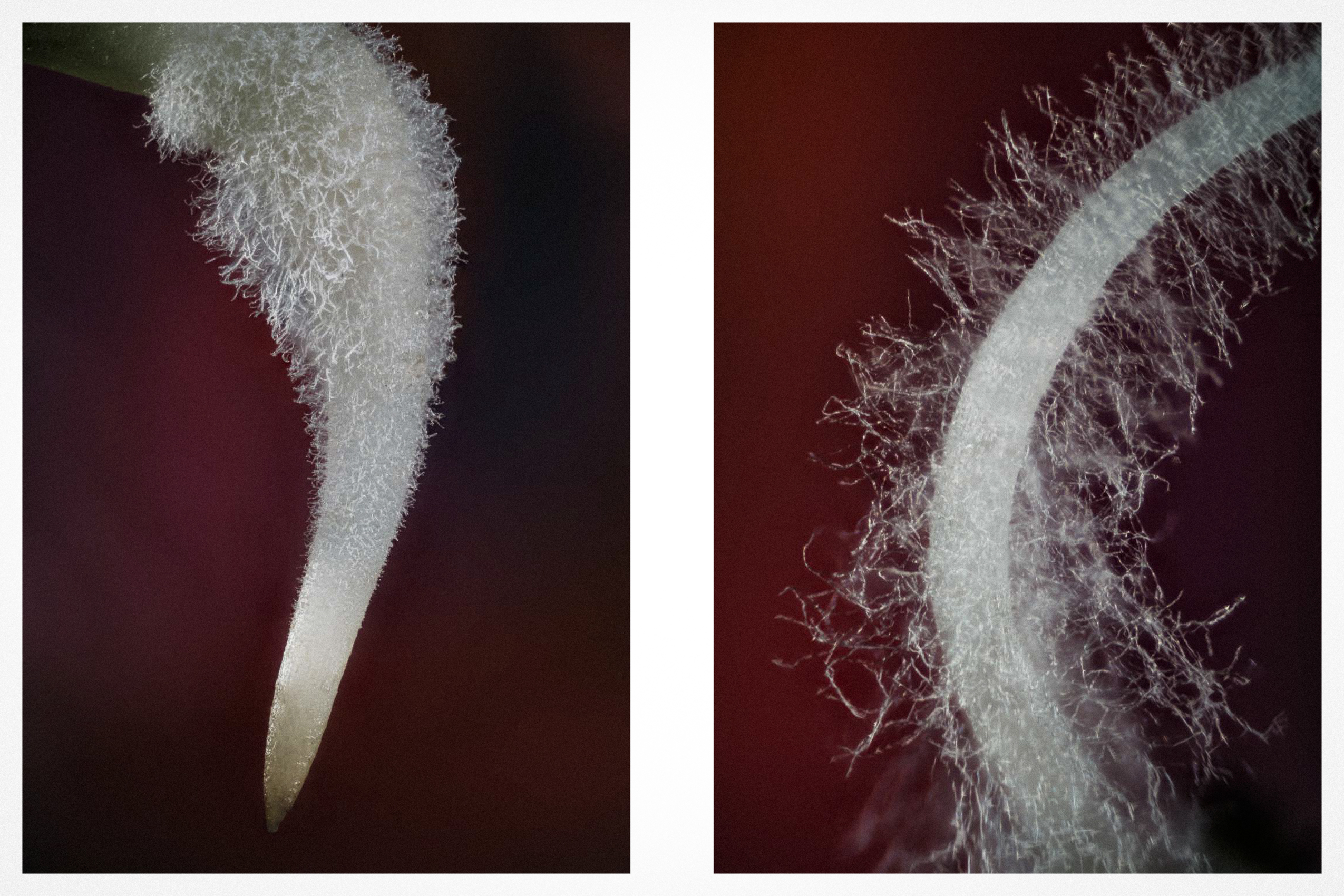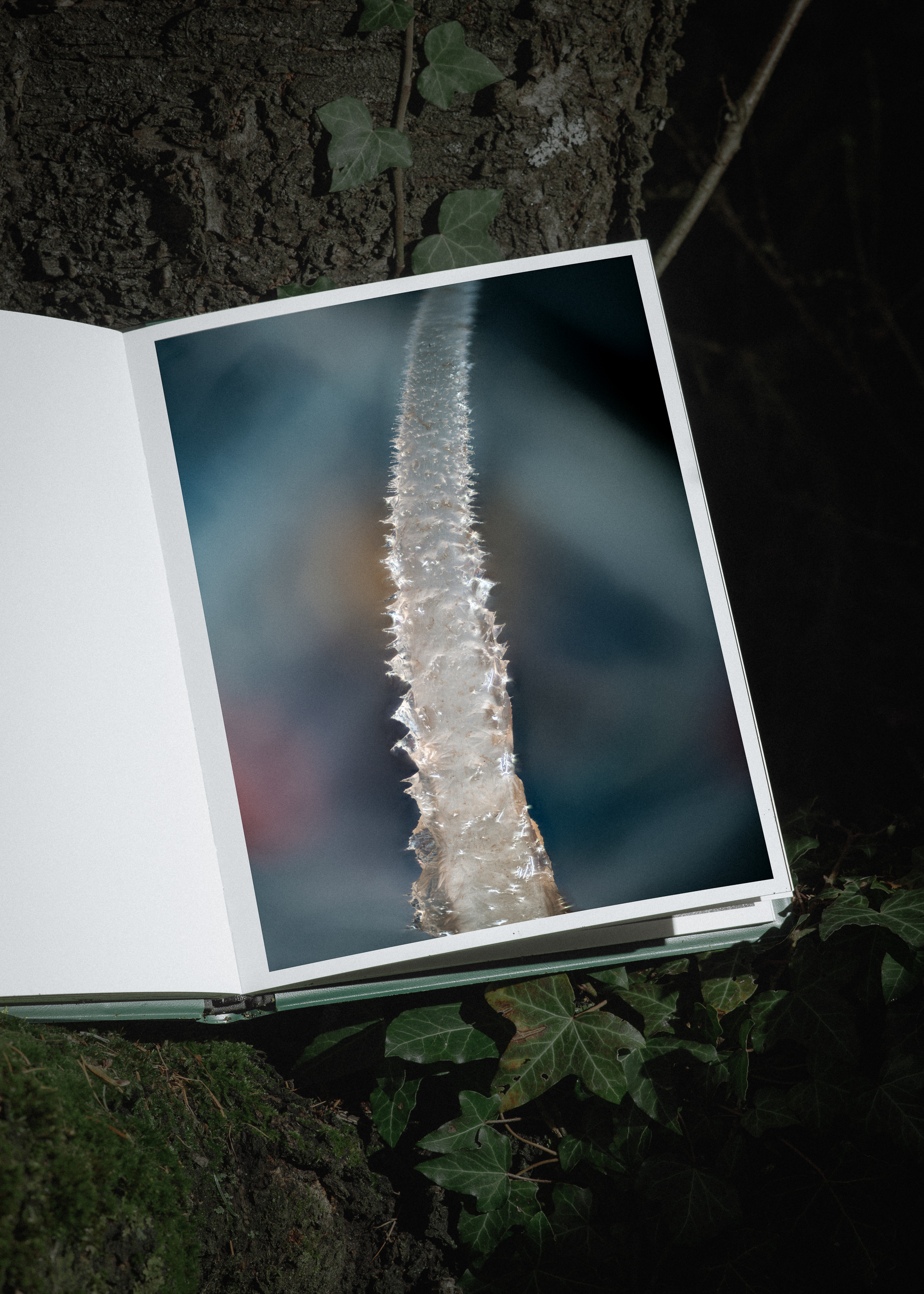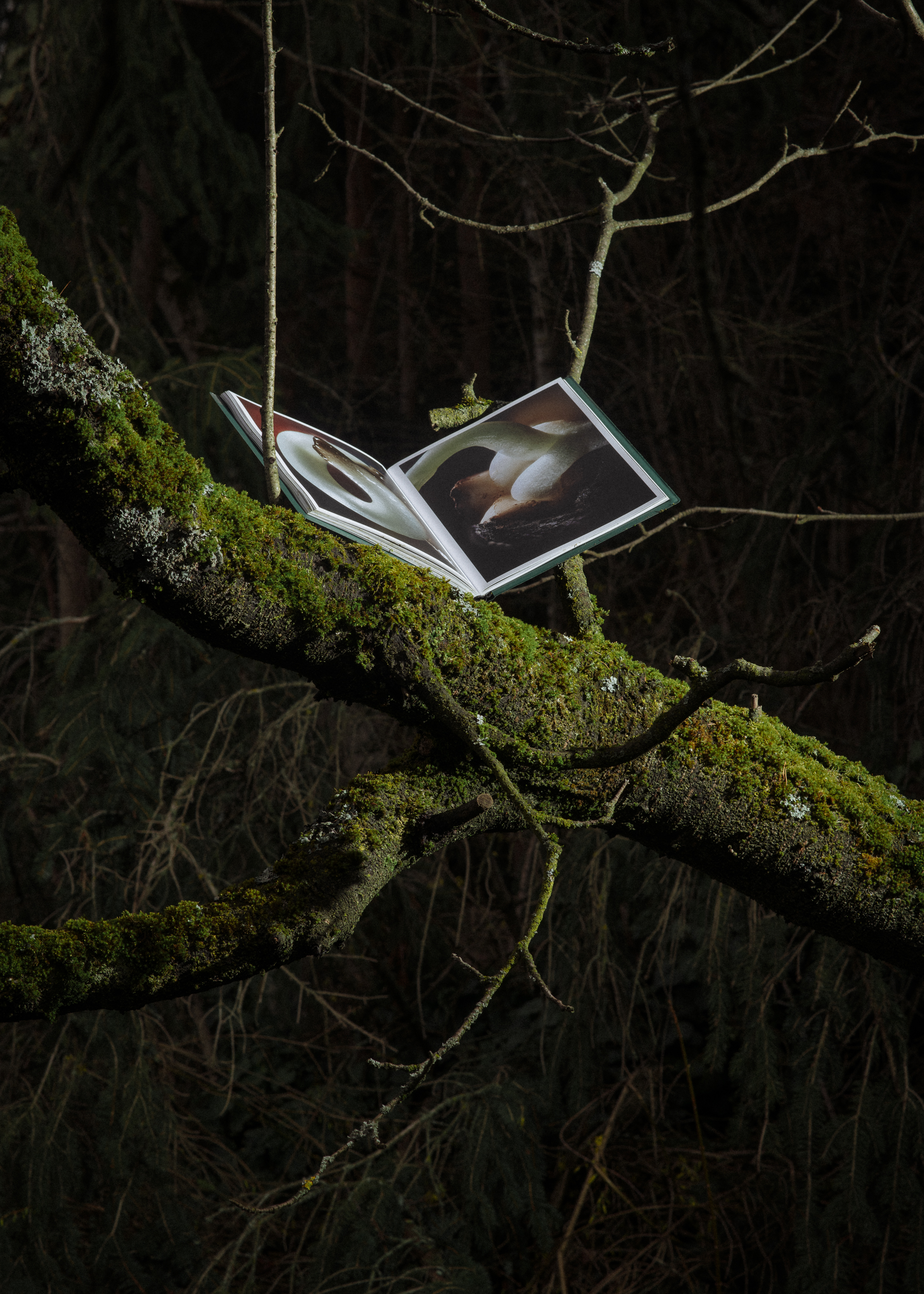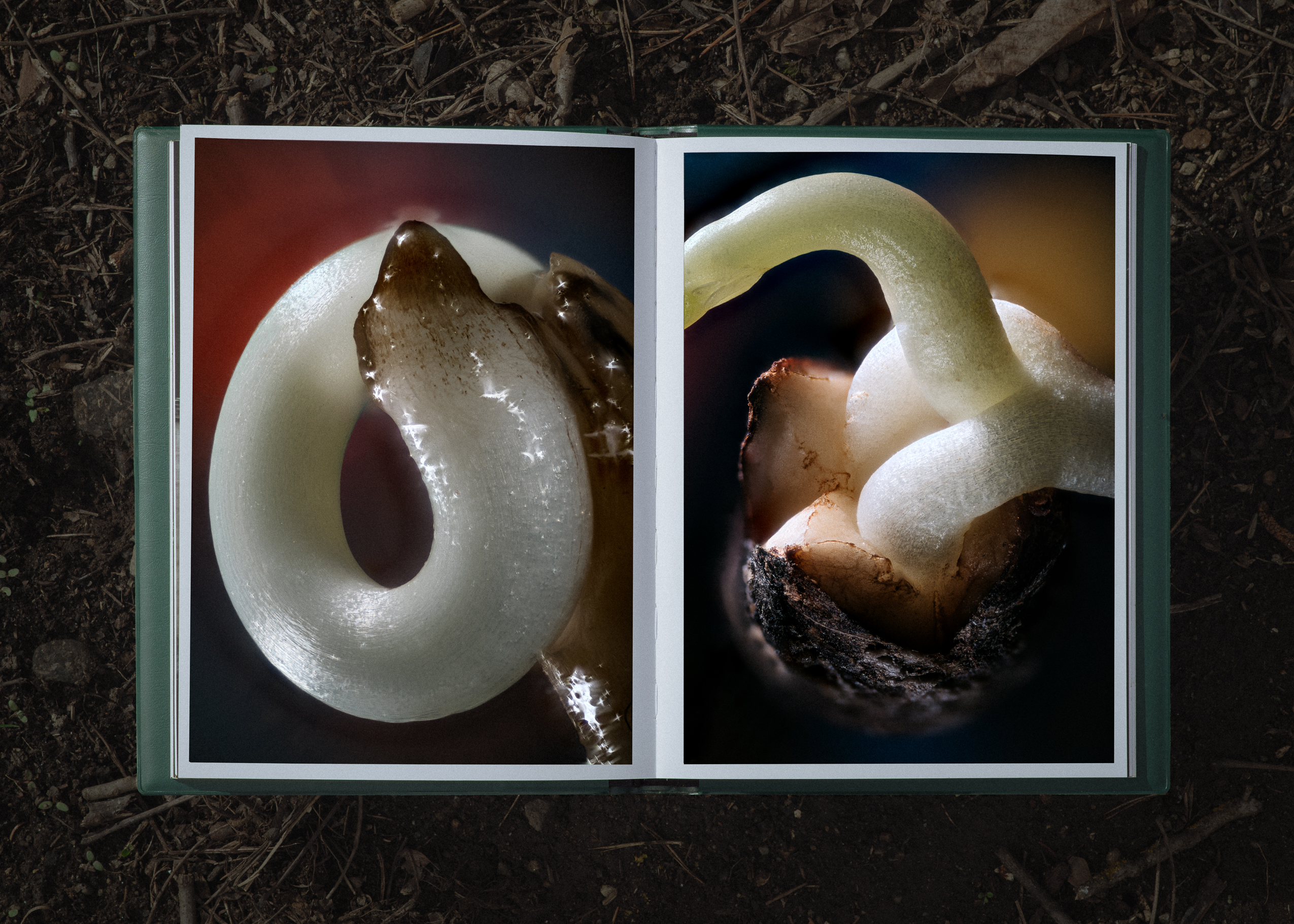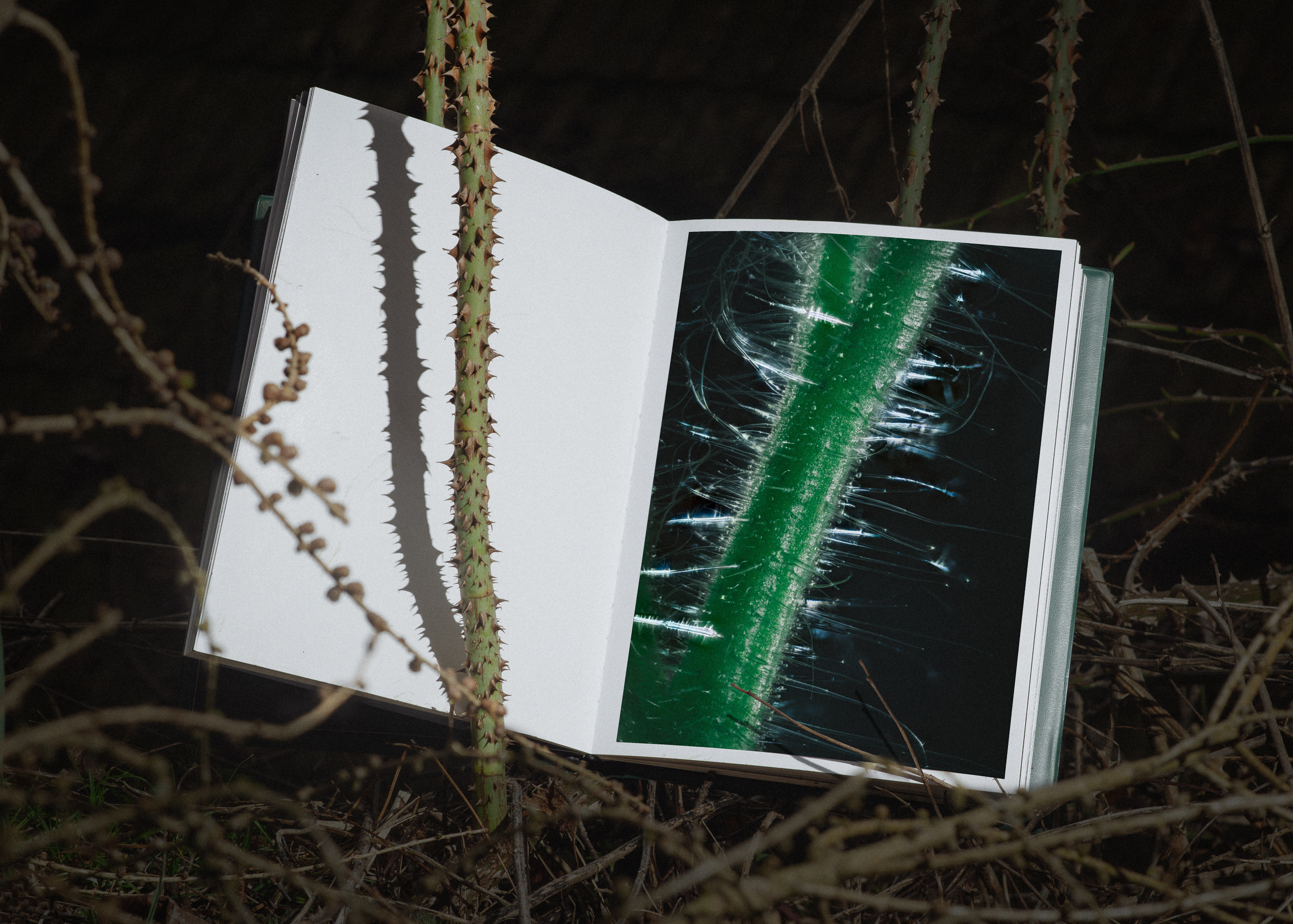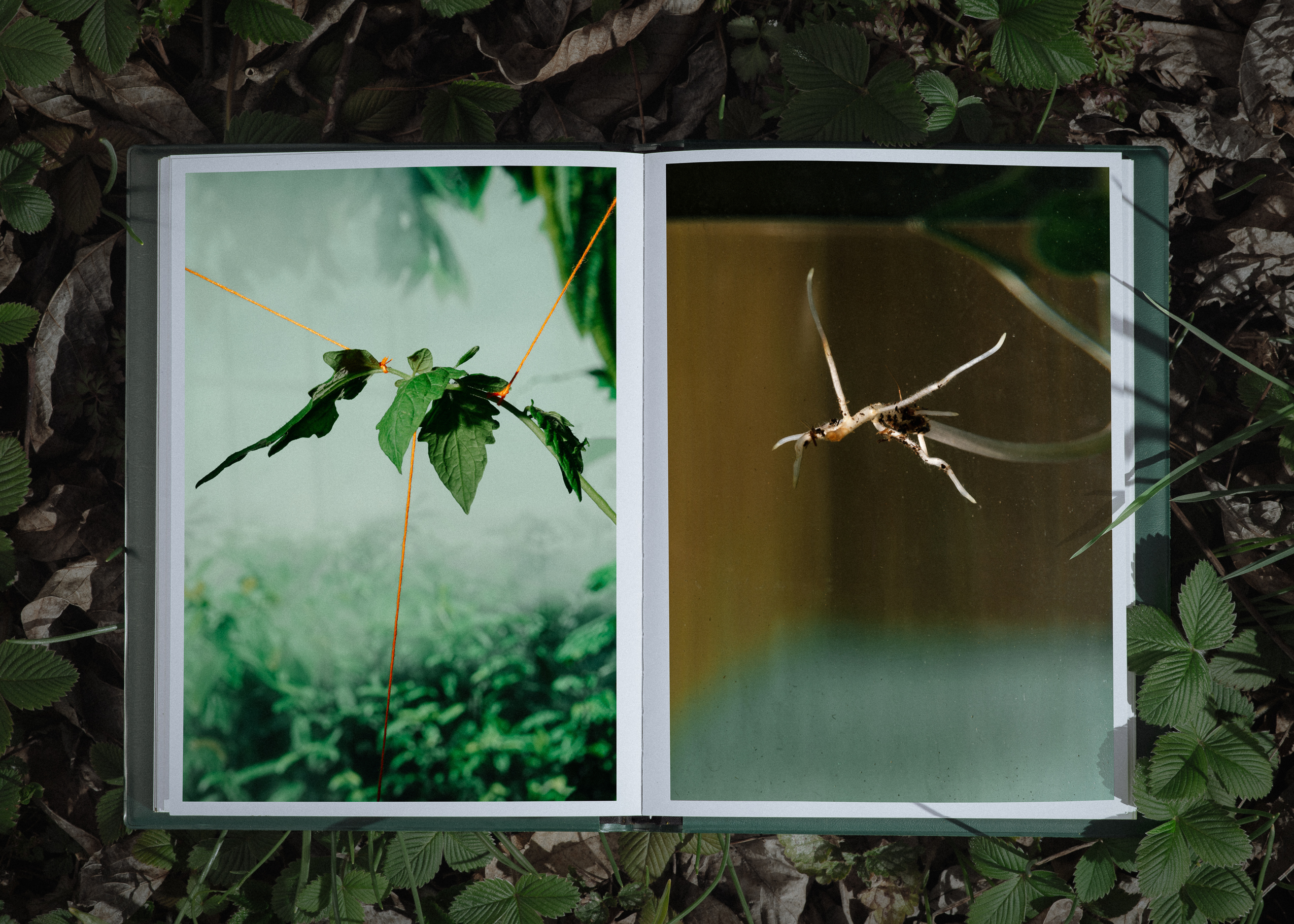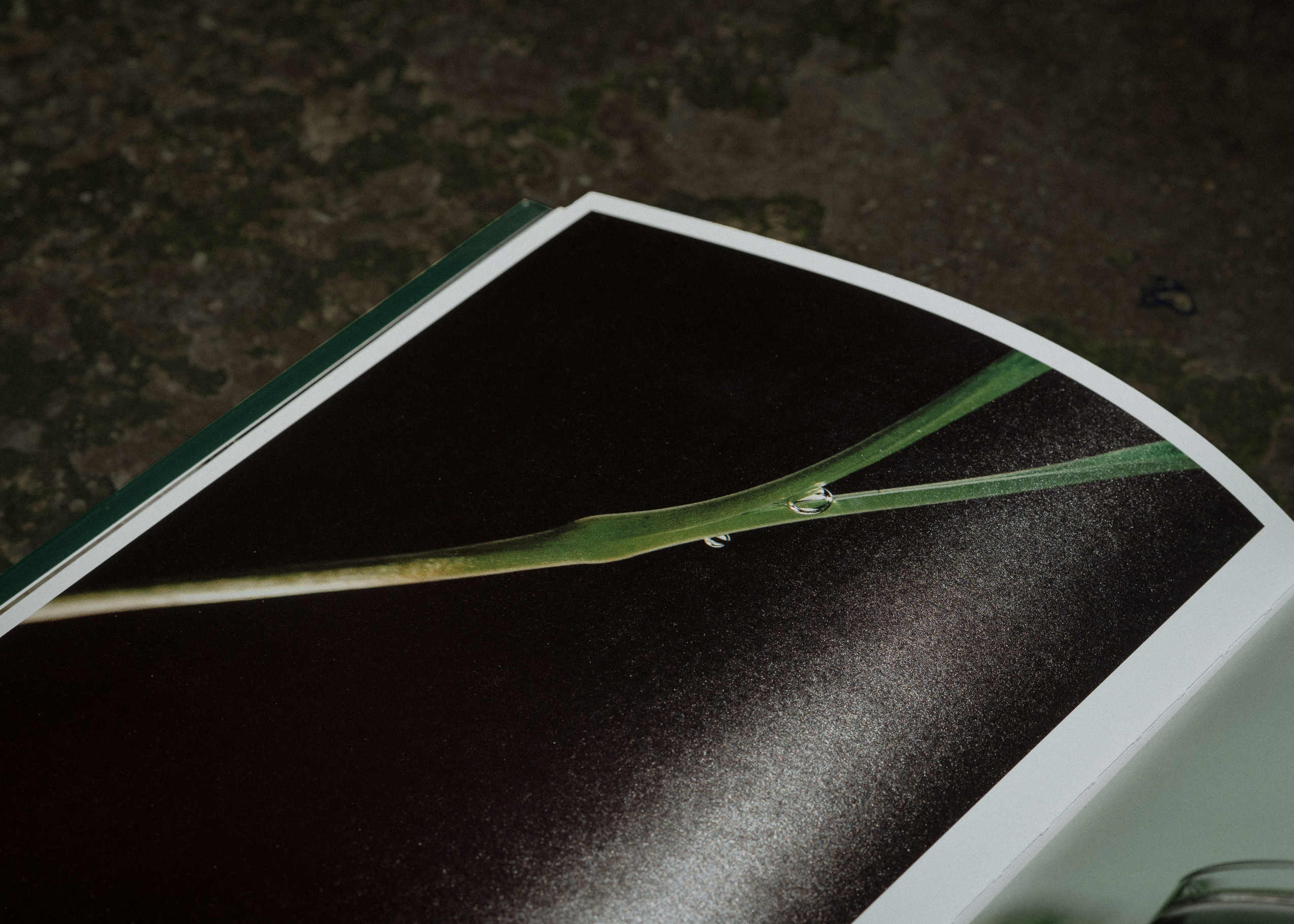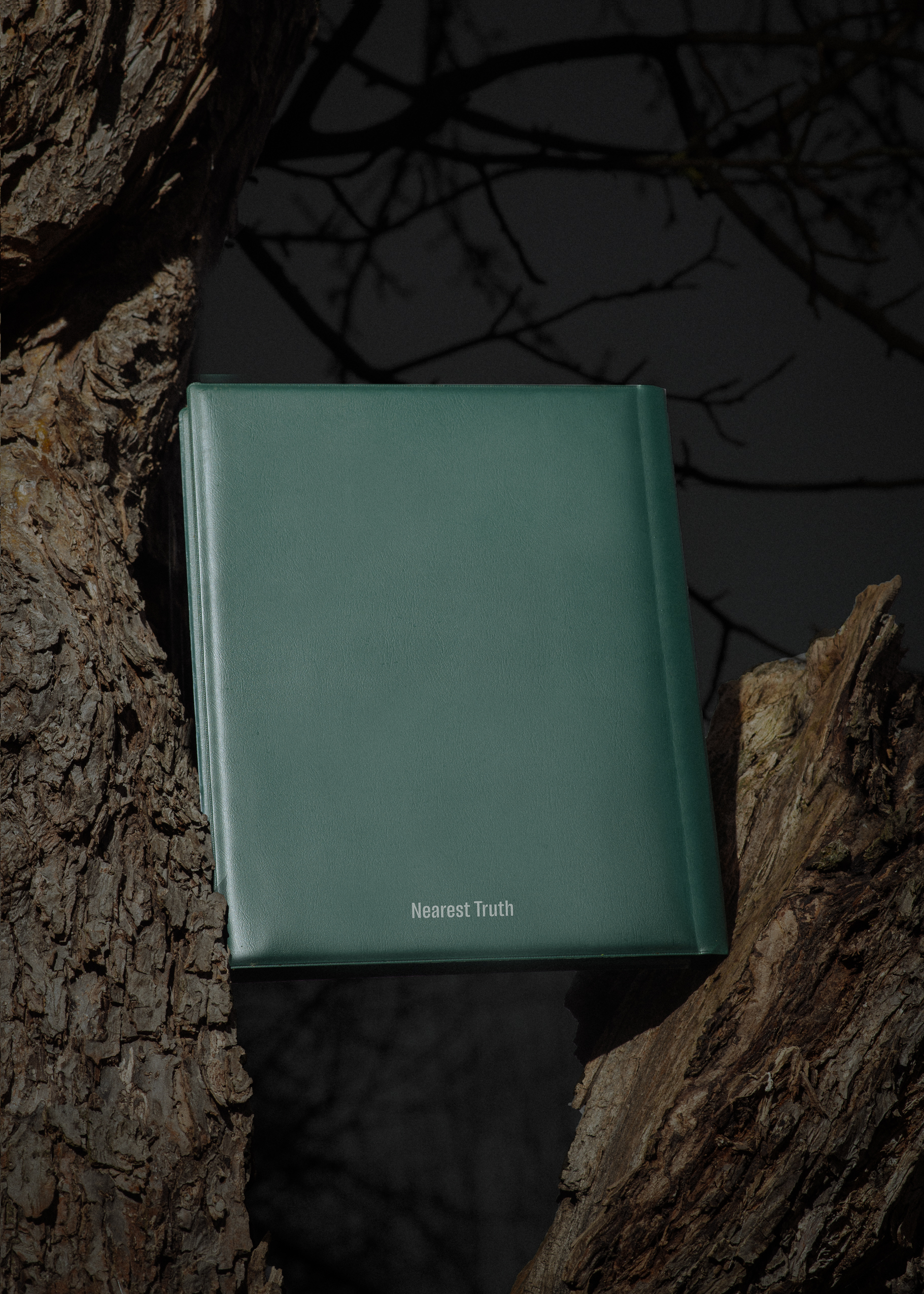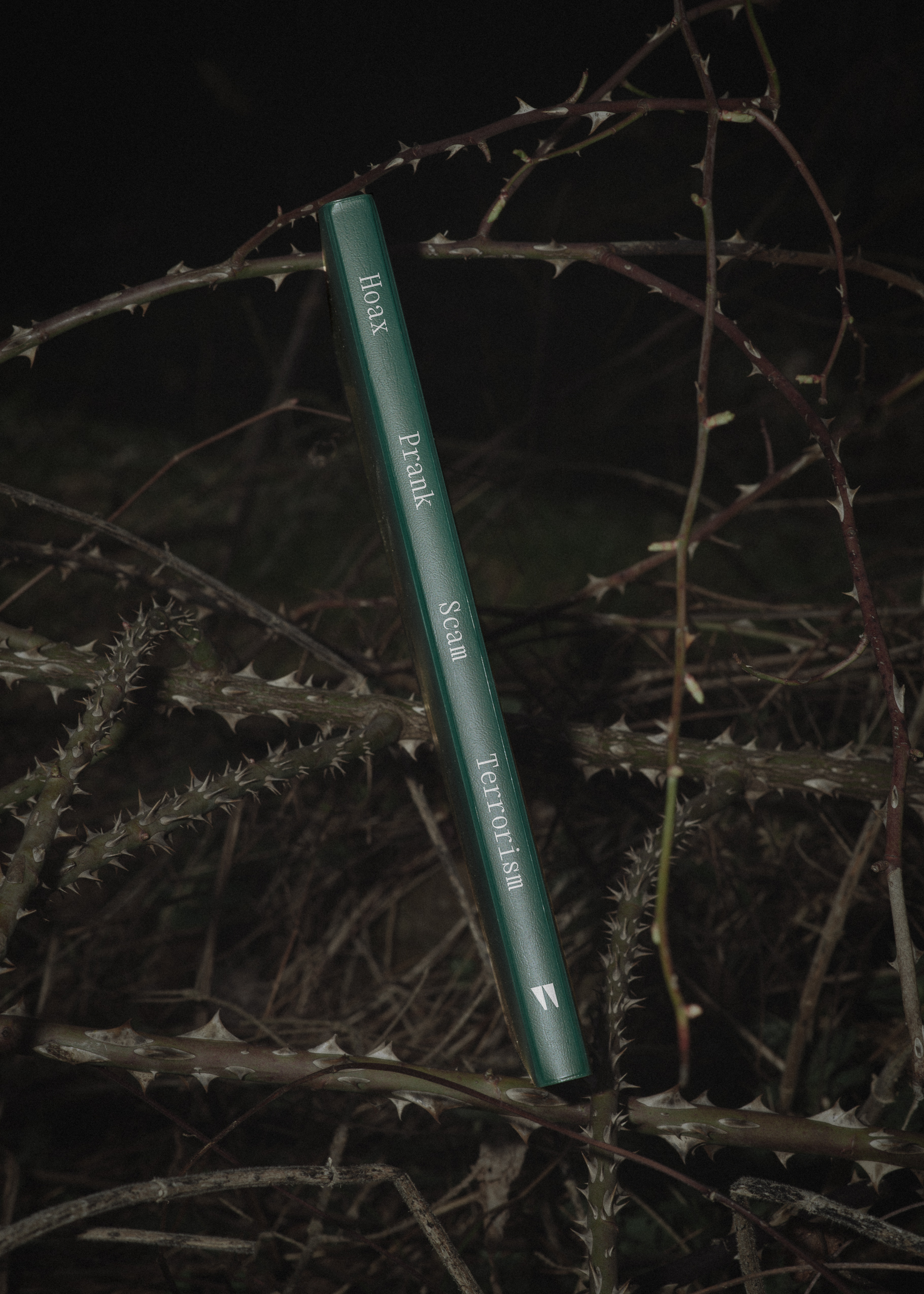AVAILABLE NOW!!
Here’s a link to the project page, where you can find the images of the series.
In July 2020, more than 85.000 US households received packages from China, containing small bags with unsolicited plant seeds. Those ‘mystery seeds’ sparked biosecurity concerns, and the US Department of Agriculture (USDA) warned people not to plant them. Kentucky’s agriculture commissioner Ryan Quarles (R) informed the public: ‘we don’t have enough information to know if this is a hoax, a prank, an internet scam or an act of agricultural bio-terrorism’.
Alongside the official investigation, conservative media and conspiracy theorists entered the discourse with their interpretation of the ‘mystery seeds‘ case. Overshadowed by the COVID-19 pandemic and driven by anti-Chinese sentiment in the heated pre-election period, they claimed the distribution of unsolicited seeds was an attempt of a biological attack. FOX News anchorman Tucker Carlson even suspected they were part of ‘China’s plan to destroy the United States.’
In February 2021, the USDA announced the final results of the investigation on 19,813 packages of unsolicited seeds, which had been sent in by people from all states and contained 515 different species of plants. The actual cause for the unsolicited seeds was identified as a fraud scheme called ‘brushing scam’, used by Chinese online marketplace sellers to boost their seller rankings. There, the search ranking algorithm of online marketplaces is exploited by sending cheap products to stolen addresses and then submitting positive reviews on the unwitting receiver’s behalf.
Based on this understanding, the USDA report stated that there was ‘no evidence that someone was intentionally trying to harm U.S. agriculture with these shipments’. However, the ‘mystery seeds’ case has found its place among conspiracy myths and is still a subject of debate in relevant forums.
The book ‘A hoax, a prank, an internet scam, an act of agricultural bio-terrorism’ investigates the unfolding of the ‘mystery seeds’ case and examines the mechanisms behind the emergence of conspiracy myths and the role of social media in their dissemination. Using the contents of 200 packets from various Chinese online marketplaces, the focus is on the involuntary protagonists of the case: the plant seeds. They are depicted in different stages of growth from seed to seedling to plant, and thus serve as a visual metaphor for how unsubstantiated assumptions can grow into ‘alternative facts’. The images are contrasted by screenshots from social networks and quotes, giving insights into the psychology behind conspiracy myths, the dynamics of the ‘post-truth era’ and both the manipulative potential and political impact of social media.


